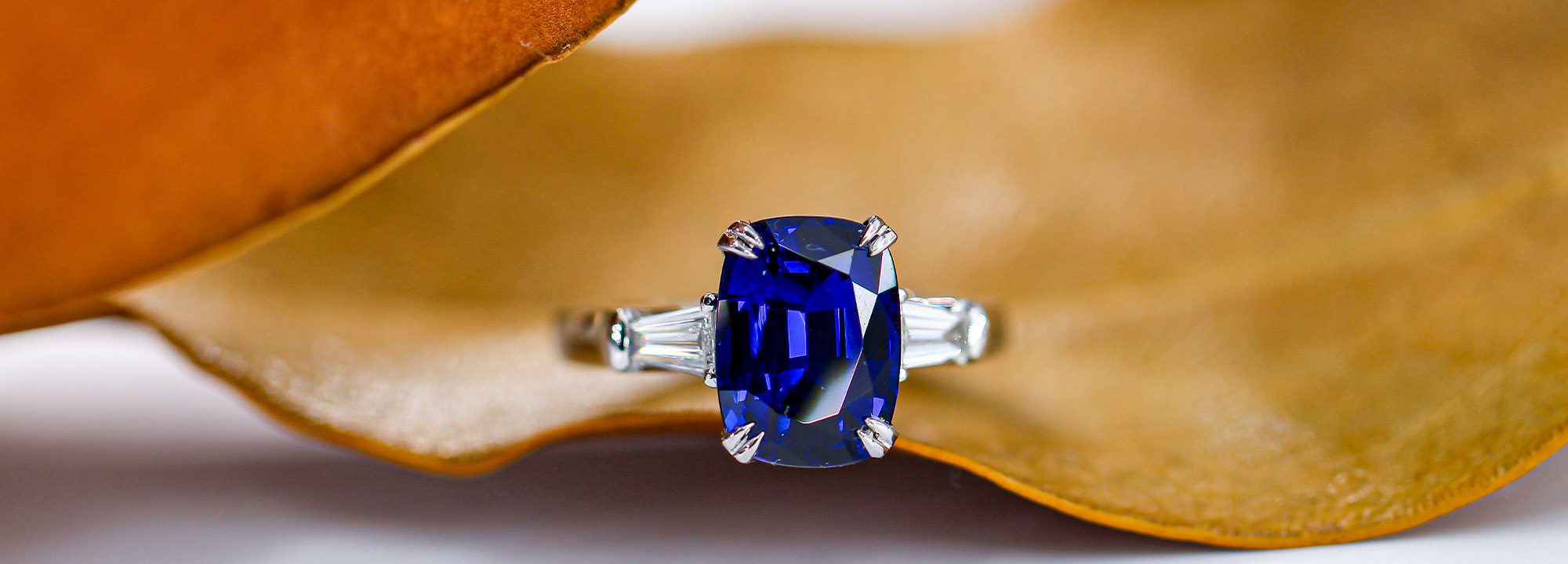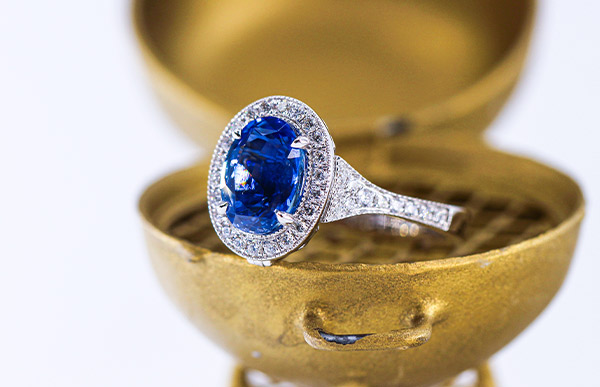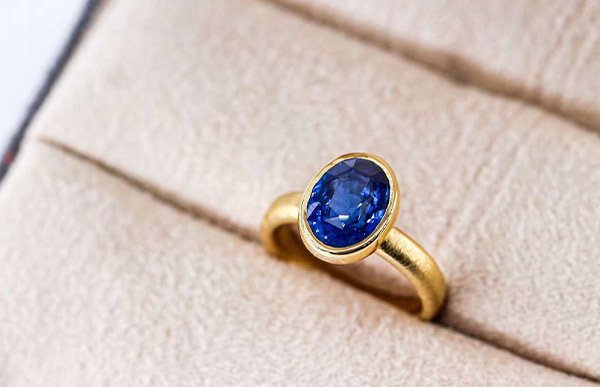
How to Choose the Perfect Sapphire Engagement Ring
Why Sapphire Engagement Rings Are a Timeless Choice
Sapphire engagement rings have long been cherished for their deep, mesmerizing hues and exceptional durability. Whether you’re looking for a classic blue sapphire ring or exploring other unique colors, choosing the right sapphire ring involves understanding its quality, cut, and setting. In this guide, we’ll walk you through everything you need to know about how to choose sapphire rings to ensure you make the perfect choice for a lifetime of love and elegance.

The Allure of Sapphire Rings: A Rich History
Sapphires have been revered for centuries, symbolizing wisdom, loyalty, and nobility. They have graced the hands of royalty, including the famous sapphire engagement ring worn by Princess Diana and now Kate Middleton. Historically, sapphires were believed to offer protection and bring good fortune to their wearers.

How to Choose Sapphire Rings: Key Factors to Consider
1. Understanding Sapphire Colors
While blue is the most well-known hue, sapphires come in a variety of colors, including pink, yellow, green, and even white. When choosing a sapphire ring, consider:
- Classic Blue: The most traditional and sought-after color for engagement rings.
- Pink and Padparadscha Sapphires: Unique and rare, offering a romantic alternative.
- Fancy Color Sapphires: A choice for those who love individuality and uniqueness.
Read more about sapphire color variations here.
2. Sapphire Cut and Shape
The cut of a sapphire influences its brilliance and how it interacts with light. Some of the most popular cuts include:
- Oval and Round Cuts: Enhance sparkle and are timeless choices.
- Cushion and Emerald Cuts: Offer a vintage appeal with larger facets.
- Pear and Marquise Cuts: Ideal for those seeking a unique, elongated shape.
3. Sapphire Clarity and Inclusions
Unlike diamonds, sapphires often contain natural inclusions. While flawless sapphires are rare, a high-quality stone should have minimal visible inclusions that do not affect its beauty. Look for stones with good transparency and even color distribution.
4. Carat Weight and Size
Sapphires are denser than diamonds, meaning a 1-carat sapphire appears smaller than a 1-carat diamond. When selecting a sapphire ring, focus on proportions and overall appearance rather than just carat weight.
5. Choosing the Right Setting for Your Sapphire Engagement Ring
The setting plays a crucial role in showcasing your sapphire’s brilliance and protecting it from damage. Some popular settings include:
- Halo Setting: A circle of diamonds around the sapphire enhances its brilliance.
- Solitaire Setting: A timeless and elegant option that lets the sapphire shine.
- Three-Stone Setting: Adds extra sparkle and symbolism, representing past, present, and future.
Find more details on settings here.
Natural vs. Treated Sapphires: What You Need to Know
Most sapphires undergo treatments to enhance their color and clarity. The most common treatments include heat treatment, which is widely accepted in the industry. However, if you prefer an untreated sapphire, ensure you receive certification from reputable gemological institutes.

Where to Buy Sapphire Engagement Rings
When purchasing a sapphire ring, always choose a reputable jeweler that provides certification and transparency about the stone’s origin and treatment. You can explore expert recommendations here.
Finding Your Perfect Sapphire Ring
A sapphire engagement ring is not just a beautiful piece of jewelry but also a symbol of everlasting love and commitment. By considering factors such as color, cut, clarity, and setting, you can find the perfect sapphire ring that matches your style and personality. Whether opting for a classic blue sapphire or a fancy-colored gem, investing in a high-quality sapphire ensures a timeless treasure that will be cherished for generations.
For related Info:
Why Are Colombian Emeralds So Expensive?
The Unmatched Beauty of Pigeon Blood Rubies: A Look at Burmese and Mozambique Rubies
